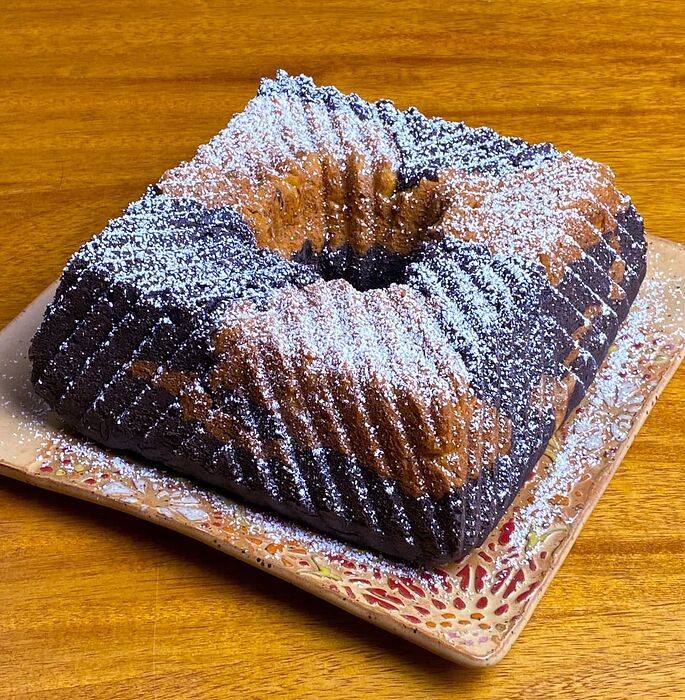SPINACH AND BLACK BEAN ENCHILADA BAKE - p. 382
I don’t know why I don’t make enchilada casseroles. I always like them when I do. I have to say I approached this one with a bit of trepidation. Could a Chinese-Australian pull off a decent enchilada casserole? Yes, it turns out.
You start by making the sauce. Sauté garlic, cumin, ground coriander, smoked paprika, and red pepper flakes in some oil. Add canned crushed tomatoes and some vegetable stock. Season with salt, pepper, and a bit of sugar, and cook for… the book says 15 minutes, covered. I made a few changes. I wasn’t feeling having whole cumin seeds in this sauce, so I used freshly ground cumin. I typically only by whole peeled tomatoes, so I used those, whizzed briefly in the blender, instead of crushed. Since this sauce, after the addition of the vegetable stock, was very thin, I cooked it uncovered until it thickened as much as I wanted (I still kept it fairly thin). When the sauce was cooked I tasted it, and it was quite good. I felt like it was going to be the make or break for this recipe, since otherwise it was very simple.
To assemble, you oil a baking dish, put down a little sauce, then tile the bottom with 6 tortillas. Put down a layer of fresh spinach - this recipe calls for a lot of spinach. Top with some sliced scallion, some more sauce, some grated cheese, and season with salt & pepper. More tortillas go down, then next layer is a drained can of black beans, and it similarly gets topped with scallion, sauce, and cheese. Another spinach layer on top of that, and it is finished with a layer of tortillas with just a thin layer of sauce, and more scallions and cheese. Bake it, let rest a bit, slice and serve. This is supposed to serve four, which is accurate with very generous portions. If you had some rice and an ear of corn, you could serve 6.
We liked this a lot, so I’m telling myself I need to make enchilada casseroles more often. We have half of this thing left over, and I’m really looking forward to finishing it off.





